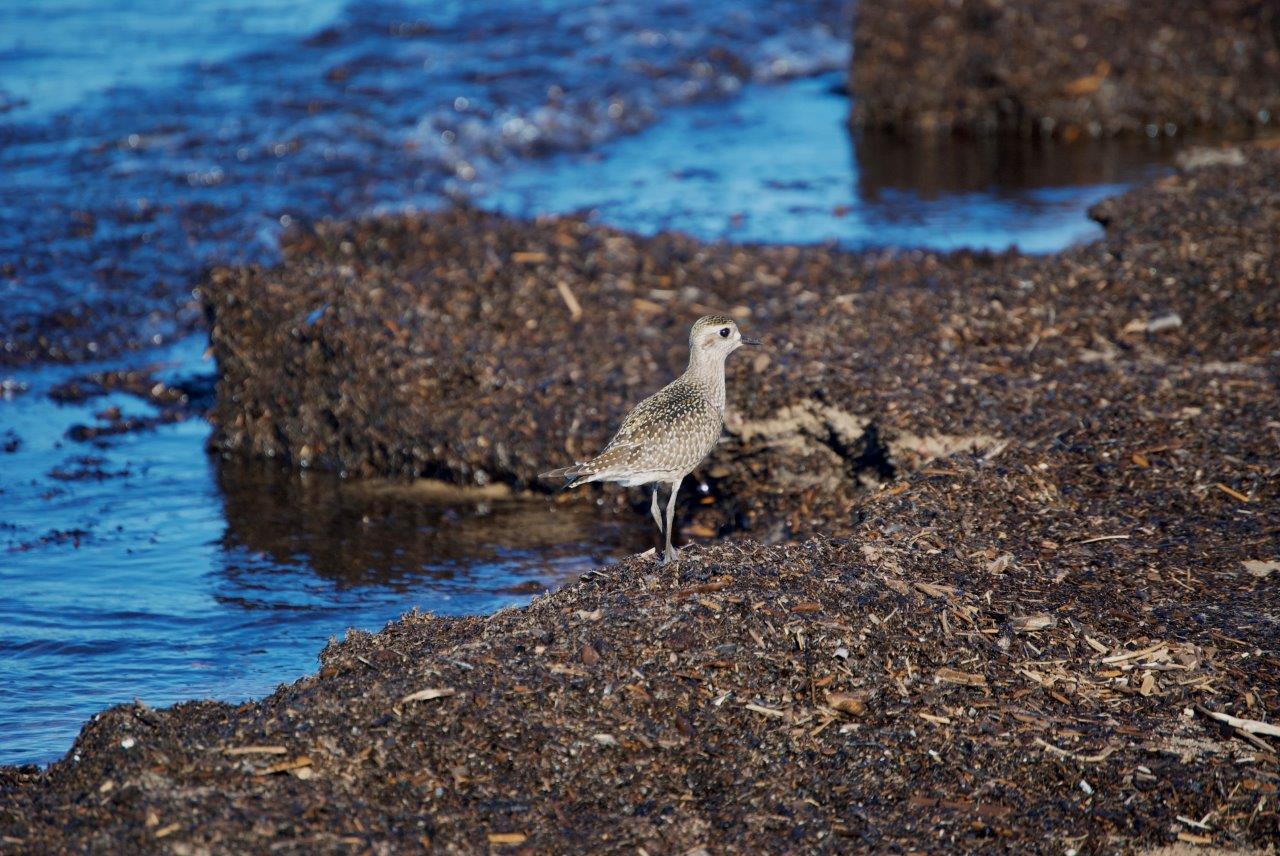
Today’s post comes from Laura Myers, former Discovery Leader of Neys Provincial Park.
Driftwood – it makes a great bench to watch the sunset, a balancing beam to play on, or that perfect element to your photograph.
There’s something about driftwood that gives beaches that rugged beauty factor. Walking on a beach, listening to the waves and the birds, and looking at the different pieces of driftwood can be wondrous and relaxing.
Has a piece of driftwood ever caught your eye and made you wonder where it originally came from? How it got that far up the beach? The size of the wave that put it there? What species of tree or how old it is?
Each piece of driftwood has its own journey and its own story. But its story isn’t over when it washes up on the beach.
~
Ecological benefits of driftwood
Ecologically speaking, driftwood is an essential component of beach ecosystems. From the skeleton of an entire tree to a piece of driftwood the size of a pebble, each piece of driftwood provides a benefit to the beach ecosystem.
Driftwood provides stability to the sandy beach environment. With winds and waves, beaches are constantly shifting and experiencing natural disturbance. Like the edges you build around a garden, driftwood helps hold the sand in place and allows plants to take root.

Driftwood also retains moisture, like mulch in a garden. It creates shade and adds nutrients in the otherwise dry and hot environment.
~
Do animals use driftwood?

Next time you’re at a beach, carefully roll over a piece of driftwood to see what is living below!
You may discover insects, arthropods, larvae, salamanders, and other small creatures. Driftwood is like an apartment building for a variety of small animals, some so small the naked eye cannot even see them.
Make sure to roll the driftwood back gently, just as you found it.
Shorebirds rely on driftwood for nesting, feeding, and shelter. Some shorebirds will nest on beaches and use driftwood as protection and camouflage for their nests. Shorebirds can often be seen snatching up a quick meal of insects and other small animals from among the driftwood and plants along the shoreline.
Partially submerged driftwood also provides habitat for aquatic species of plants, invertebrates, fish, and other animals.
~
Where does all of the driftwood come from?
As streams and rivers change flow and lake levels rise and fall, erosion occurs along the edge of the water. Because of this, trees may fall into the water.
Some driftwood is created by beavers; look for their teeth marks on the chewed ends of branches and logs.
Logging has also created some of the driftwood that ends up on our beaches.

Driftwood is an important puzzle piece in the greater ecosystem. For this reason, our provincial parks generally do not remove driftwood from their beaches.
In order to protect these ecosystems, it is not permitted to remove, burn or create structures out of driftwood in provincial parks.
Sometimes, thoughts like these may cross your mind: “there’s too much driftwood and not enough space for my picnic blanket” or “hey, this driftwood would make great firewood.”
But remember: driftwood is important to the species that call our parks home. Leave it where it lies.



